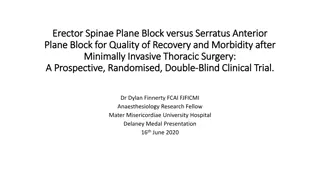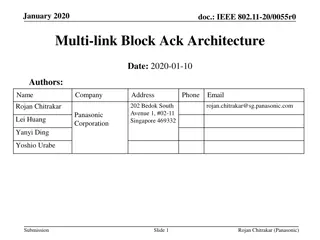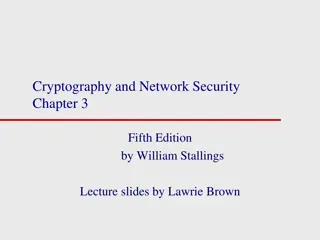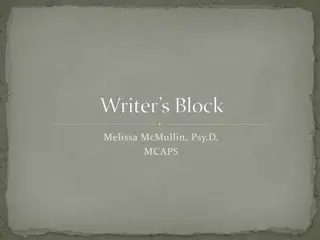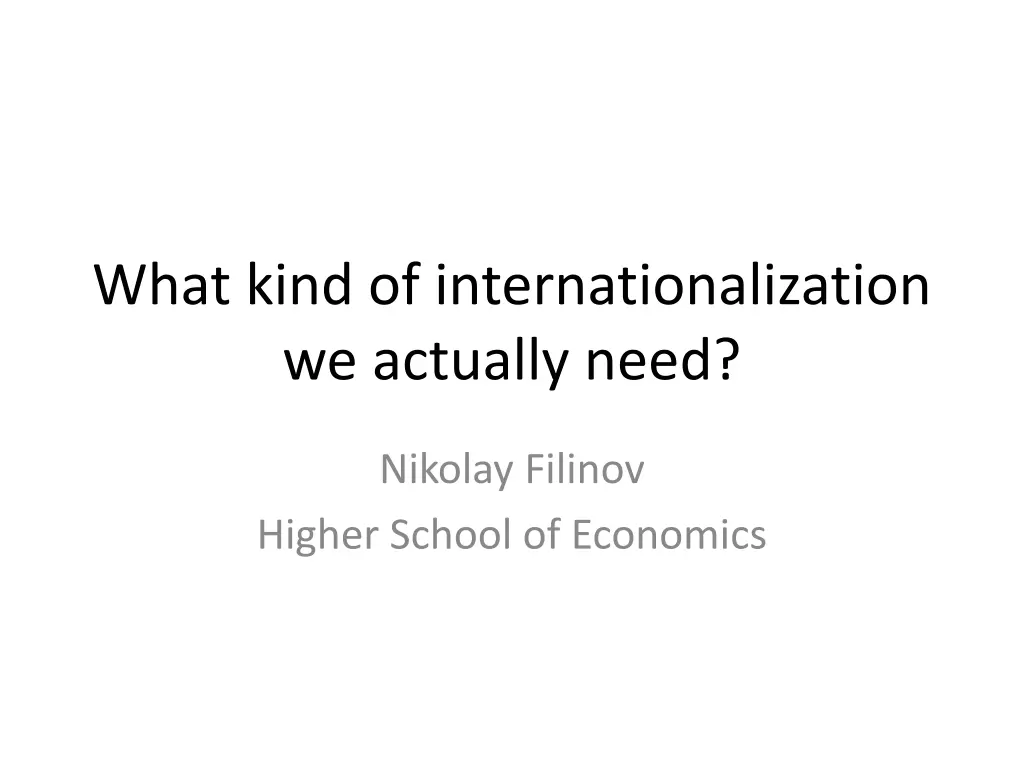
Internationalization Strategies for Educational Institutions
Explore the need for effective internationalization strategies in higher education, questioning the global impact of Russian business schools. Delve into matrices and detailed strategies to navigate global and local responsiveness.
Download Presentation

Please find below an Image/Link to download the presentation.
The content on the website is provided AS IS for your information and personal use only. It may not be sold, licensed, or shared on other websites without obtaining consent from the author. If you encounter any issues during the download, it is possible that the publisher has removed the file from their server.
You are allowed to download the files provided on this website for personal or commercial use, subject to the condition that they are used lawfully. All files are the property of their respective owners.
The content on the website is provided AS IS for your information and personal use only. It may not be sold, licensed, or shared on other websites without obtaining consent from the author.
E N D
Presentation Transcript
What kind of internationalization we actually need? Nikolay Filinov Higher School of Economics
Four disturbing questions Are Russian BS labeled as global actually global? Do they have intention to eventually turn global? Is the internationalization process necessarily leading to global strategy? If not, what other types of international strategies may be promising for this kind of schools?
Bartlett and Ghoshal Matrix Low pressure for local responsiveness High pressure for local responsiveness High pressure for global integration Global Transnational Low pressure for global integration International Multi-domestic
Bartlett and Ghoshal Matrix Low pressure for local responsiveness High pressure for local responsiveness High pressure for global integration Low pressure for global integration
Dameron and Durand Matrix Low institutional embeddedness Strong institutional embeddedness Inter- national market influence Institutional & international Global Zone-based market influence Self-driven Territorial
Going into details Matrix Exploration as prevalent strategic behavior Exploitation as prevalent strategic behavior Universalism in treating managerial knowledge Large and dynamic program portfolio for the global market based on strong feedback from own research and consultancy Stable program portfolio for the global market, based on the universal body of knowledge Particularism in treating managerial knowledge Dynamic program portfolio based on exploratory research of national (regional) practices that lead to the creation of new context-rich theories Stable program portfolio for the local market, based on experience and peculiarities of national (regional) practices
Concluding suggestions Let s pay more attention to details. Let s be more sensitive to tiny varieties of BS behavior This would help us to see realistic avenues for internationalization and avoid the trap of unification
Going into details research https://ru.surveymonkey.com/r/2P5M7F8 Please, contribute







